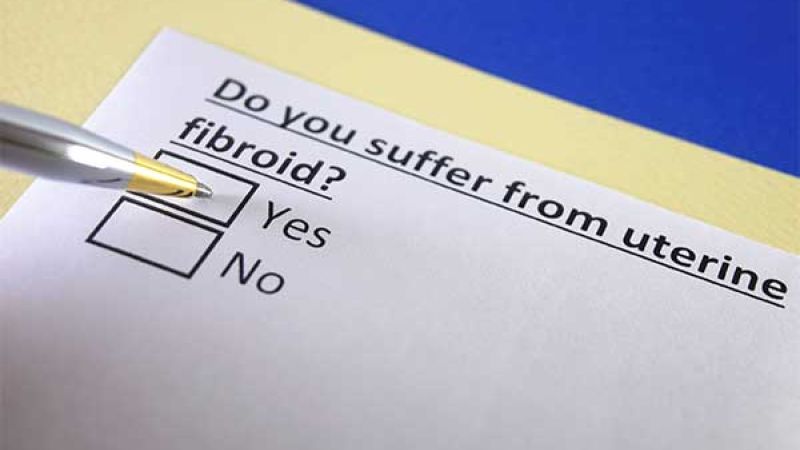Treating Uterine Fibroids with Uterine Fibroid Embolization

Mid-South Vascular Physicians
Have you noticed that your periods seem to be more painful or heavier than your peers? There is a possibility you could have Uterine Fibroids. At one time, the only way to treat Uterine Fibroids was with a hysterectomy. Uterine Fibroids typically begin to occur during childbearing years, so the need for a hysterectomy could be devastating if you are trying to get pregnant. The physicians at 901 Vascular are proficient at treating fibroids without a hysterectomy.
What are Uterine Fibroids?
The Mayo Clinic defines Uterine Fibroids as “Noncancerous growths of the uterus that often appear during childbearing years. Also called leiomyomas or myomas, uterine fibroids are not associated with an increased risk of uterine cancer and seldom develop into cancer. The fibroids range in size from seedlings, undetectable by the human eye, to bulky masses that can distort and enlarge the uterus. You can have a single fibroid or multiple ones. In severe cases, multiple fibroids can expand the uterus so that it reaches the rib cage and can add weight.”
Usually, women will develop uterine fibroids at a young age and symptoms develop as the fibroids grow and push on the endometrial lining. Your gynecologist may notice them in a pelvic exam or a pelvic ultrasound.

However, if you do notice the following symptoms, you could have symptomatic fibroids, the location of the fibroids could cause you to bleed excessively, or you may have a multitude that will need treatment. The symptoms include:
- Backache or leg pain
- Heavy menstrual bleeding
- Constipation
- Difficulty emptying your bladder
- More extended than average lasting periods
- Pelvic pressure and pain
- Frequent urination
In severe cases, if a fibroid outgrows its blood supply and begins to die, you can have acute pain. If you have any of the symptoms listed above and an unexplained low red blood count, it is time to see the doctor.
The 901-Vascular treatment of uterine fibroids is a minimally invasive procedure. 901 Vascular offers non-hysterectomy options for fibroids. According to the website 901-vascular.com it says, “If you have been diagnosed with uterine fibroids, uterine fibroid embolization (UFE) may be an option to help relieve symptoms.”

UFE is an effective and safe way to treat fibroids without undergoing surgery. It is an effective treatment for fibroids and helps relieve the symptoms associated with uterine fibroids.
There are several benefits of UFE including:
- Reduced blood loss and pain
- Preservation of the Uterus
- Reduction of fibroid size
- Fewer complication rates
- Quick symptom relief
- Less recovery time when compared to conventional surgery
How Does UFE Work?
The interventional radiologist makes a tiny incision at your wrist or groin and inserts a small catheter into the artery. Next, the radiologist guides the catheter to the fibroids’ blood supply and releases tiny particles that can block the blood vessels—the treatment results in the softening and shrinking of the fibroids. Most women can recover quickly and resume their normal activities in less than a week.
If you are suffering from uterine fibroids, contact 901 Vascular at (901) 519-4690 to schedule a consultation to see if Uterine Fibroid Embolization is right for you.